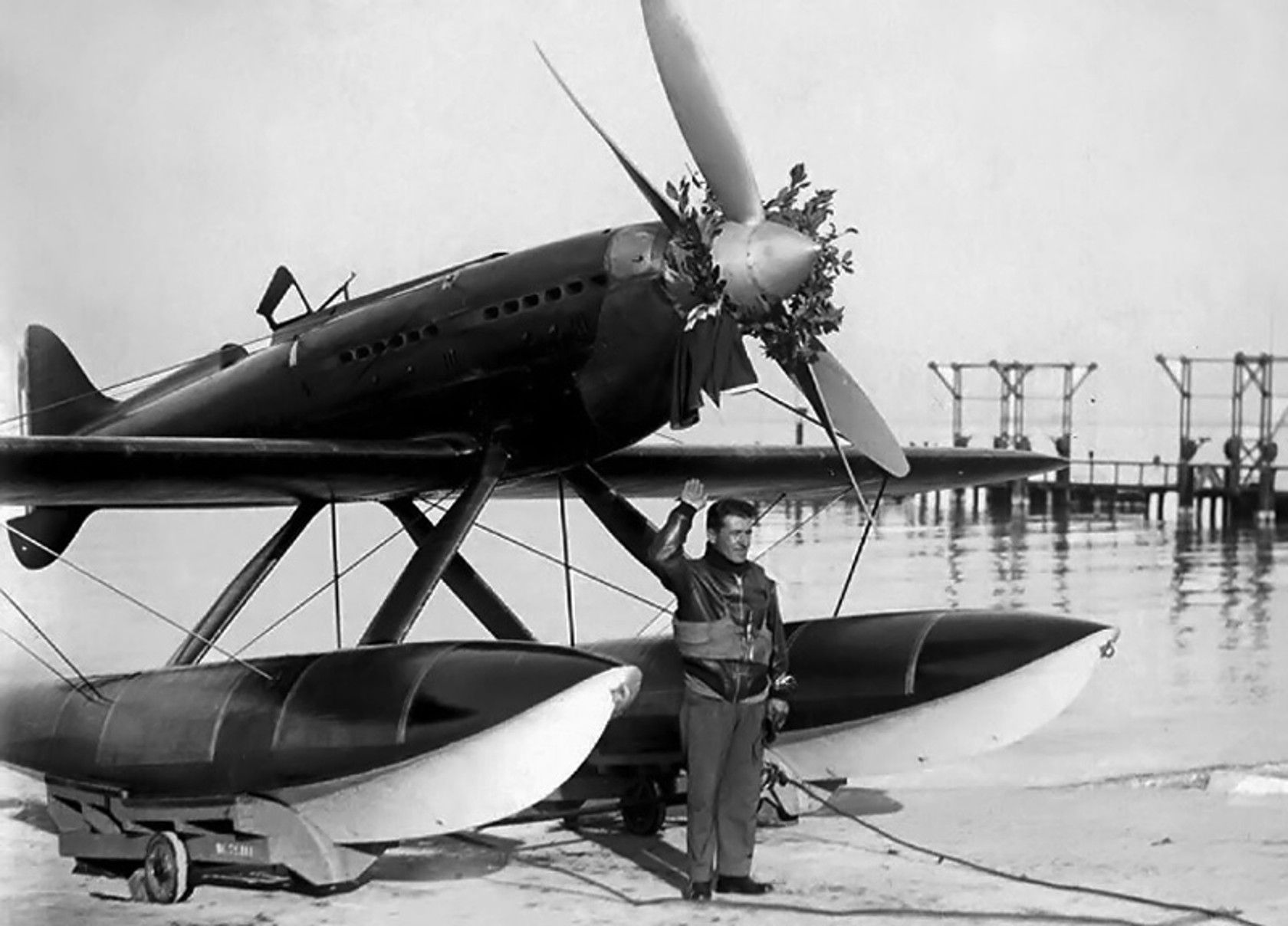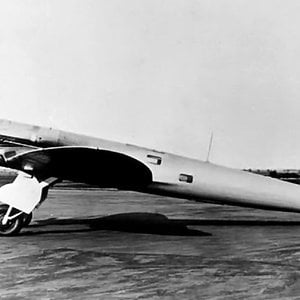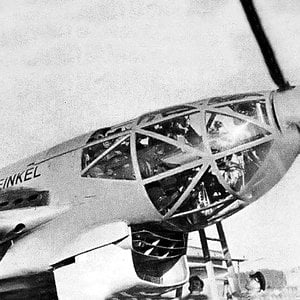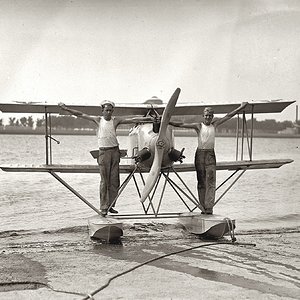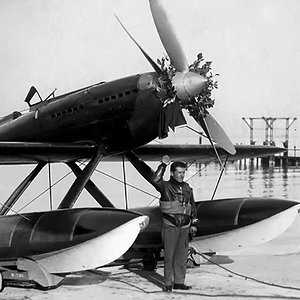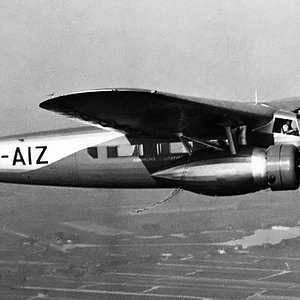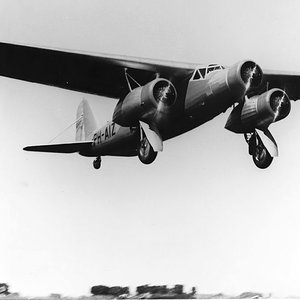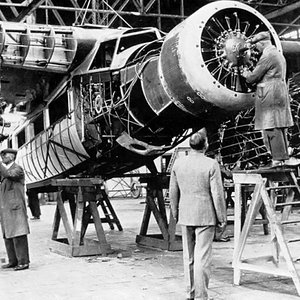Navigation
Install the app
How to install the app on iOS
Follow along with the video below to see how to install our site as a web app on your home screen.
Note: This feature may not be available in some browsers.
More options
You are using an out of date browser. It may not display this or other websites correctly.
You should upgrade or use an alternative browser.
You should upgrade or use an alternative browser.
Late in 1932, the MC.72 took to the air once more; the AS.6 engine now produced a reliable 2,400 hp. On April 10, 1933, Warrant Officer Francesco Agello set a 3 km absolute world speed record at 423.824 mph (682.078 km/h) in MM 177. On October 8, 1933, LtCol. Guglielmo Cassinelli captured the 100 km speed record at 391.072 mph (629.370 km/h). On October 21, Capt. Pietro Scapinelli won the Blériot Cup for flying in excess of 600 km/h for over half an hour. His actual speed over the 30 minute run was 384.799 mph (619.274 km/h).
A year later, an AS.6 sprint engine was installed in the MC.72 (MM 181). This engine produced 3,100 hp at 3,300 rpm; 11.5 psi of boost was provided by the supercharger spinning at 19,000. On October 23, 1934, Agello was again at the controls and upped the 3 km record to 440.682 mph (709.209 km/h) —Agello was the fastest man on earth. This speed has never been surpassed by a piston-powered seaplane.
The record-setting MC.72 (MM 181) and an AS.6 engine are on display in the Museo Storico dell’Aeronautica Militare in Vigna di Valle, Italy. Another AS.6 engine is on display at the Centro Storico Fiat in Turin, Italy.
A year later, an AS.6 sprint engine was installed in the MC.72 (MM 181). This engine produced 3,100 hp at 3,300 rpm; 11.5 psi of boost was provided by the supercharger spinning at 19,000. On October 23, 1934, Agello was again at the controls and upped the 3 km record to 440.682 mph (709.209 km/h) —Agello was the fastest man on earth. This speed has never been surpassed by a piston-powered seaplane.
The record-setting MC.72 (MM 181) and an AS.6 engine are on display in the Museo Storico dell’Aeronautica Militare in Vigna di Valle, Italy. Another AS.6 engine is on display at the Centro Storico Fiat in Turin, Italy.

